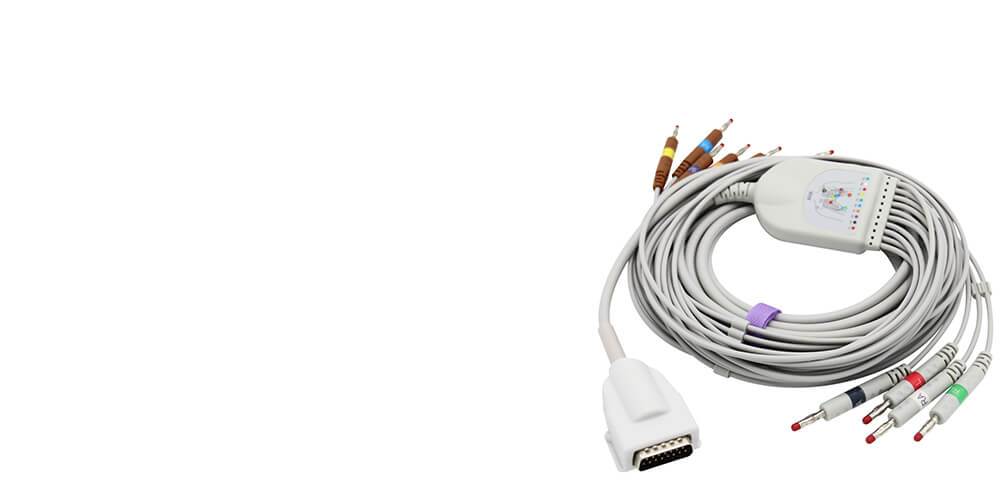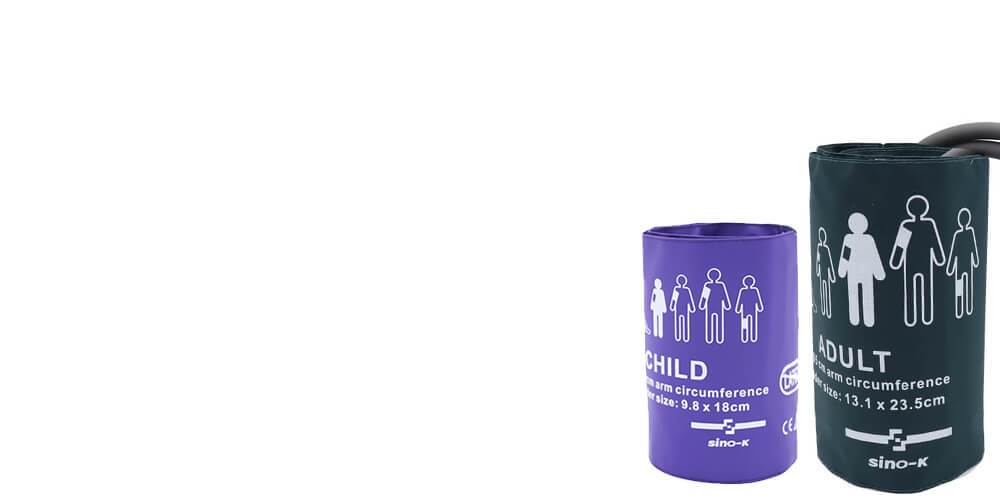You have no items in your shopping cart.

- Home Home
-
SpO2 Sensors
SpO2 Sensors

-
ECG Cables
ECG Cables

-
EKG Cables
EKG Cables

- NIBP Cuffs NIBP Cuffs
- EtCO2 Sensors EtCO2 Sensors
- IBP Cables IBP Cables
- Temperature Probes Temperature Probes
- Fetal Probes Fetal Probes
- Patient Monitors Patient Monitors
- Medical Accessories Medical Accessories
- Veterinary Accessories Veterinary Accessories
- ESU Accessories ESU Accessories
- oxygen sensor oxygen sensor
- Home Home
- SpO2 Sensors SpO2 Sensors
- ECG Cables ECG Cables
- EKG Cables EKG Cables
- NIBP Cuffs NIBP Cuffs
- EtCO2 Sensors EtCO2 Sensors Hot Hot
- IBP Cables IBP Cables
- Temperature Probes Temperature Probes
- Fetal Probes Fetal Probes
- Patient Monitors Patient Monitors
- Medical Accessories Medical Accessories
- Veterinary Accessories Veterinary Accessories
- ESU Accessories ESU Accessories
- oxygen sensor oxygen sensor
How to Clean ECG & EKG Cables and Leadwires How to Clean ECG & EKG Cables and Leadwires
PATIENT CABLE AND LEAD WIRES:
Unless designed for single use, medical cables and leads will almost certainly require cleaning, disinfection or sterilization. Depending upon the intended use, cleaning may range from a simple wipe down with soap to the elimination of all micro-organisms by sterilization, or something in-between.
Prior to each patient use, inspect the patient cable and lead wires for damage.
As necessary, clean the patient cable and lead wires using a soft cloth dampened with a germicidal solution.
HOW TO CLEAN ECG CLIPS:

- The clip may be cleaned by either wiping it with, or soaking it for ten (10) minutes in, 70% Isopropyl Alcohol.
- If the clip is soaked, be sure to rinse it.
- with water and air-dry it prior to use on the next patient.
- Inspect the clip for cracking or breakage, or loss of spring tension that would allow slippage or movement of the sensor from its proper position.
SENSOR AND CLIPS:
before cleaning either piece.
CAUTION: Do not sterilize the sensor or clips by irradiation, steam or ethylene oxide. Do not immerse the sensors in water or cleaning solution.
TEMPERATURE PROBES:
- As necessary, the probes should be cleaned with a mild detergent and water to remove excess bio-burden.
- When necessary, the probes may be disinfected using a soft cloth saturated with a 10% (1:10) solution of chlorine bleach in tap water or 70% isopropyl alcohol.
- When all of the surfaces have been disinfected, wipe the entire surface of the monitor using a soft cloth dampened with fresh water to remove any trace amounts of residue and/ or fumes.
Related Posts
PATIENT CABLE AND LEAD WIRES:
Unless designed for single use, medical cables and leads will almost certainly require cleaning, disinfection or sterilization. Depending upon the intended use, cleaning may range from a simple wipe down with soap to the elimination of all micro-organisms by sterilization, or something in-between.
Prior to each patient use, inspect the patient cable and lead wires for damage.
As necessary, clean the patient cable and lead wires using a soft cloth dampened with a germicidal solution.
HOW TO CLEAN ECG CLIPS:

- The clip may be cleaned by either wiping it with, or soaking it for ten (10) minutes in, 70% Isopropyl Alcohol.
- If the clip is soaked, be sure to rinse it.
- with water and air-dry it prior to use on the next patient.
- Inspect the clip for cracking or breakage, or loss of spring tension that would allow slippage or movement of the sensor from its proper position.
SENSOR AND CLIPS:
before cleaning either piece.
CAUTION: Do not sterilize the sensor or clips by irradiation, steam or ethylene oxide. Do not immerse the sensors in water or cleaning solution.
TEMPERATURE PROBES:
- As necessary, the probes should be cleaned with a mild detergent and water to remove excess bio-burden.
- When necessary, the probes may be disinfected using a soft cloth saturated with a 10% (1:10) solution of chlorine bleach in tap water or 70% isopropyl alcohol.
- When all of the surfaces have been disinfected, wipe the entire surface of the monitor using a soft cloth dampened with fresh water to remove any trace amounts of residue and/ or fumes.
Related Posts














← Older Post Newer Post →